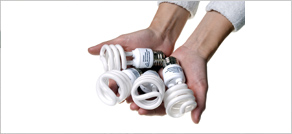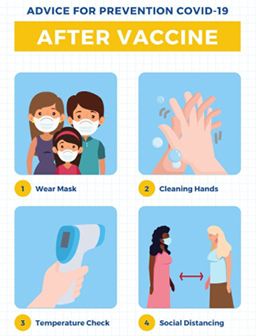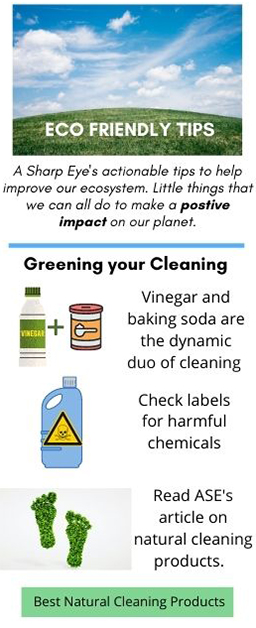
A light bulb primer
Do you remember the old derogatory jokes “How many (fill in the blank) does it take to change a light bulb?” Well, I have been thoroughly confused by light bulbs ever since they began taking the traditional incandescent ones away from us. There are LEDs, fluorescents and halogens. Then there are terms like lumens, color rendering and Kelvin temperature. I admit to a tiny bit of stockpiling and hoarding of my beloved 75 watt soft white incandescents. I have been collecting light bulb research for four years and I’m finally ready to tackle the pile and write an article about what’s the best light bulb.
What the terms mean:
Incandescent bulbs are the ones that are being phased out. The only thing you needed to know with these was how bright you wanted your light to be. Then you just bought the appropriate wattage. A subset category emerged when manufacturers introduced ‘Soft Light’ bulbs, but it was manageable. It turns out that these bulbs were very inefficient. Almost 90% of the energy they produced was in the form of heat, not light, which taxed our A/C on hot days. With average use an incandescent bulb lasted less than a year. There are hybrid incandescents currently on the market that meet the new requirements but they do not get good ratings because they are only about 25% more efficient than the old incandescents.
Compact Fluorescent (CFL) bulbs are the funny looking ones that sometimes don’t fit under your lampshades. They are inexpensive and much more efficient than the incandescents, using about 75% less energy and lasting 10 times as long. I found it difficult to find the right light hue with these, some of them started out very faint when first turned on and took forever to warm up, and they don’t dim well if at all. Turning them on and off shortens their life. They also contain some mercury so they need to be recycled.
Light-Emitting Diode (LED) bulbs typically use about 80% less energy than the incandescents and last 25 times as longer LEDs are more efficient than the CFLs. They turn on instantly, are dimmable, have good light quality, last decades, generations even, don’t get hot to the touch, and have no mercury. They have an outdated reputation of being alarmingly expensive. Several years ago one bulb cost between $30 – $60. Prices have dropped drastically and now most LED bulbs are available for $5 – $10 each, and they will outlive you.
Those pesky new terms:
Lumens, not watts, are what you need to be looking for now for brightness. 800 lumens is the equivalent of a 60 watt bulb.
Light appearance (Kelvins) refers to the bulbs color temperature which is measured in Kelvins. The temperature scale starts at 2500 which is a warm yellow and goes to 6500 which is a cool blue. 2700 is a soft white. A light bulb’s color affects the colors of your walls, furniture and even food.
Watts measure energy used. The law now requires that the new bulbs use at least 25% less energy than the old incandescents.
Shopping for LED light bulbs:
What to buy? Having done my research I think that LEDs are the bulb to buy now. Look for LEDs that are 800 lumens (like a 60 watt incandescent), 12 watts (saves up to 80% energy), with a lifespan of 25,000 hours.
LEDs are using the traditional light bulb shape more and more, but before you buy, make sure you know the size and shape bulb that will fit your existing lamp or light fixture. Bring the old bulbs with you.
Check to see if your dimmers are compatible with your new bulbs. Some might have to be replaced. And, read the package on your new bulbs to make sure your lamps and light fixtures are compatible as well. If a light fixture takes more than one bulb, don’t use different types of bulbs. It can cause flickering and flashing. Use only LEDs or only CFLs.
Good LED brands: Cree, Philips, EcoSmart(Home Depot label), Energy Star and Sylvania.
Interesting fact: If every American home replaced one incandescent light bulb with a CFL bulb the energy saved could light three million homes for a year. Upgrading the five most frequently used bulbs in your home could save you $70 a year. (From Home Depot newsletter)
Header graphic credit – Copyright: http://www.123rf.com/profile_vladimirfloyd











